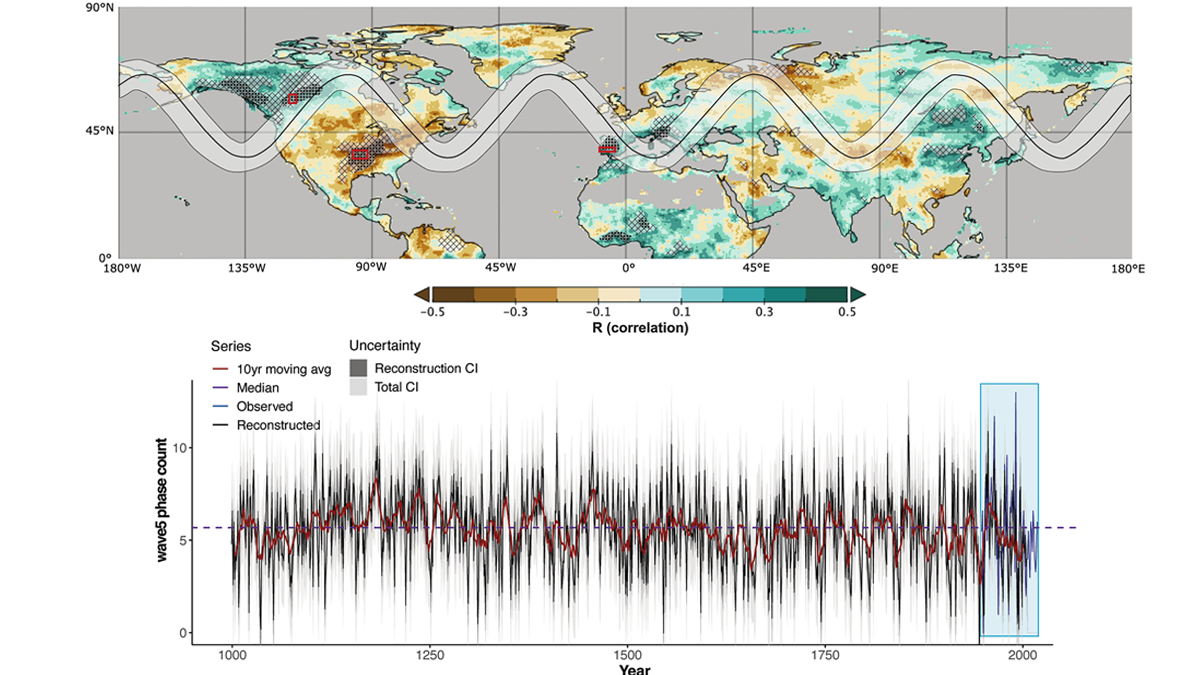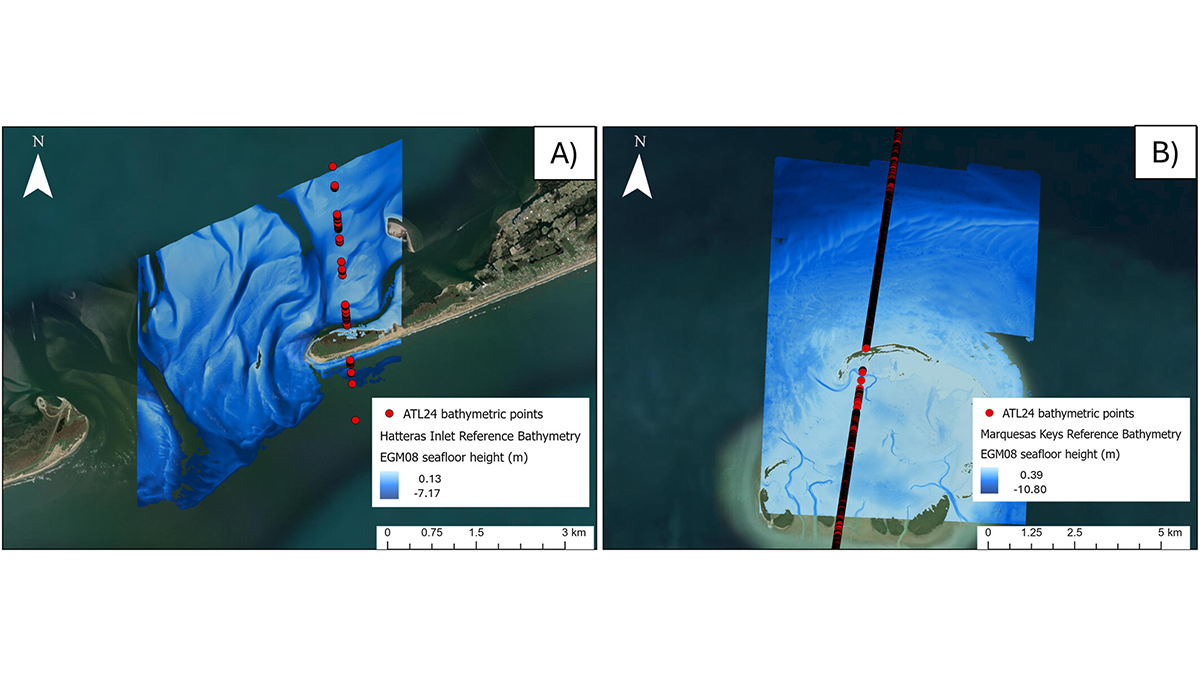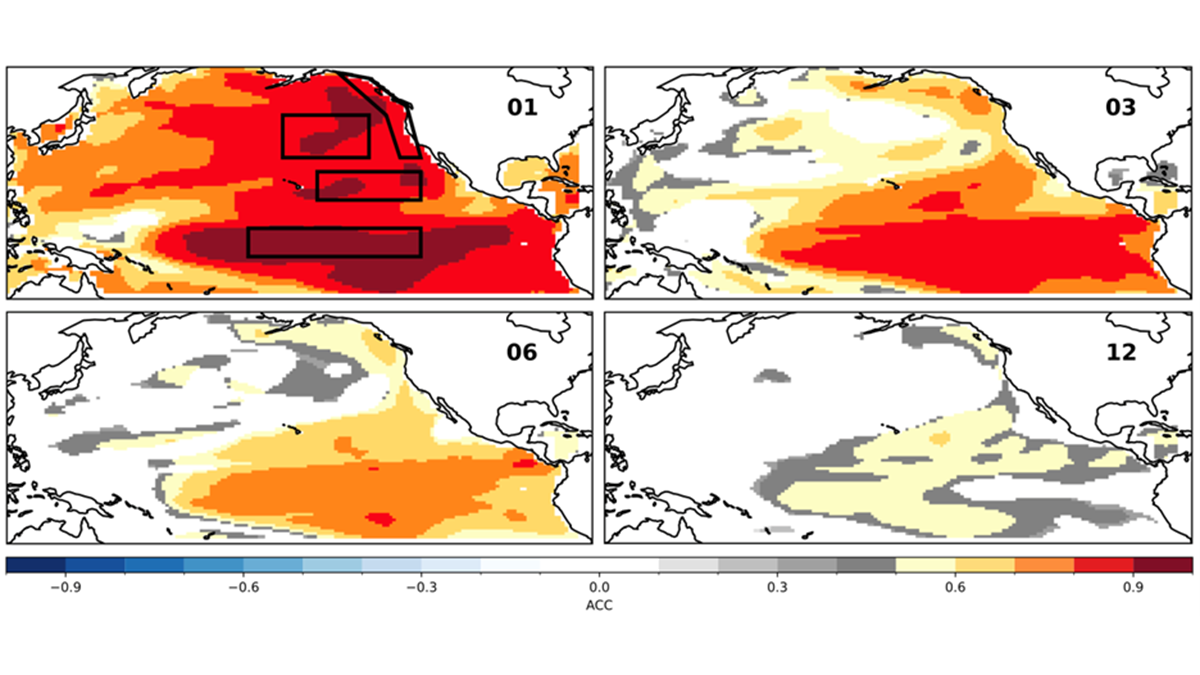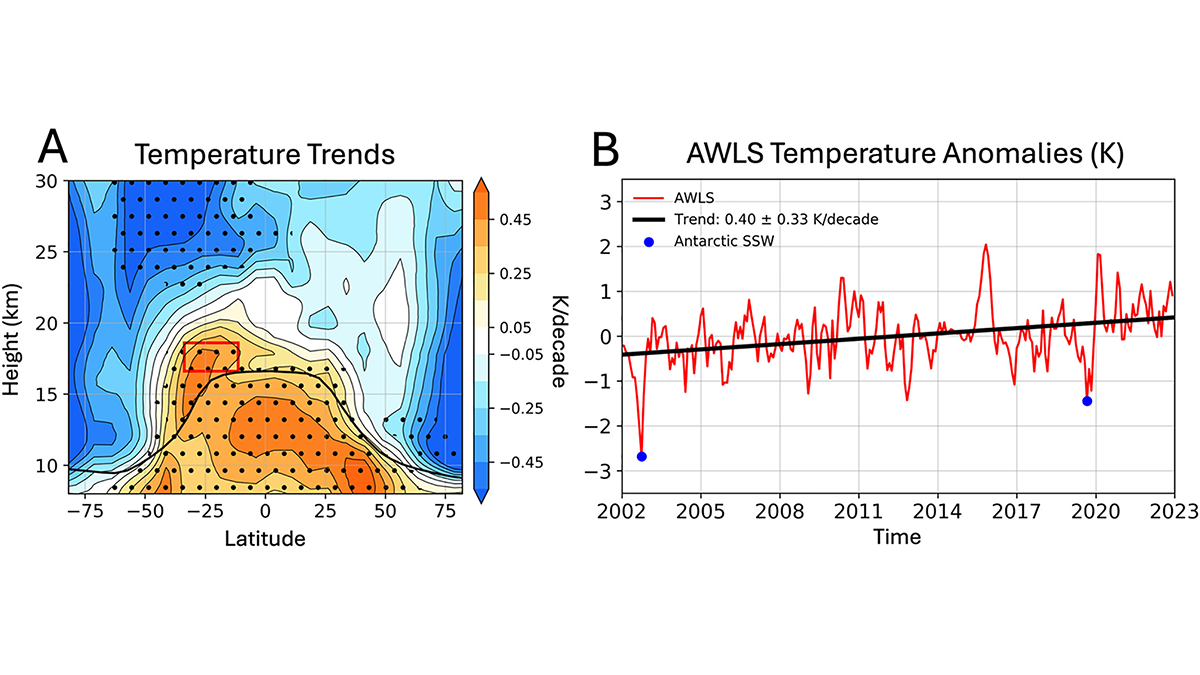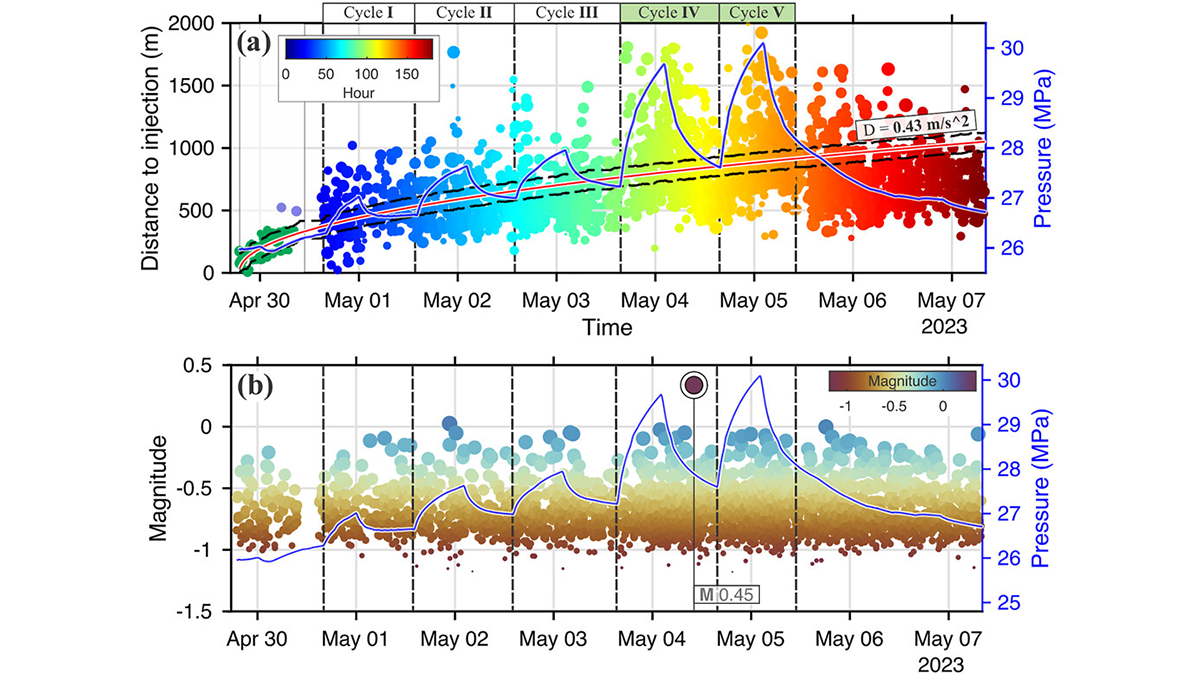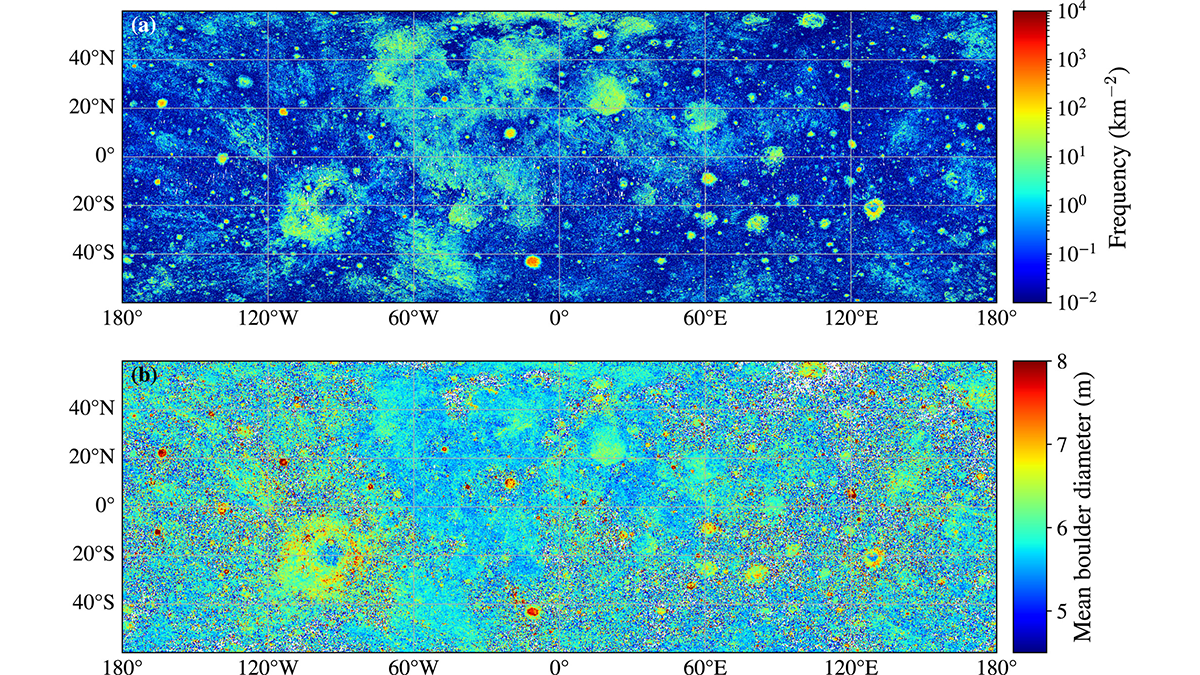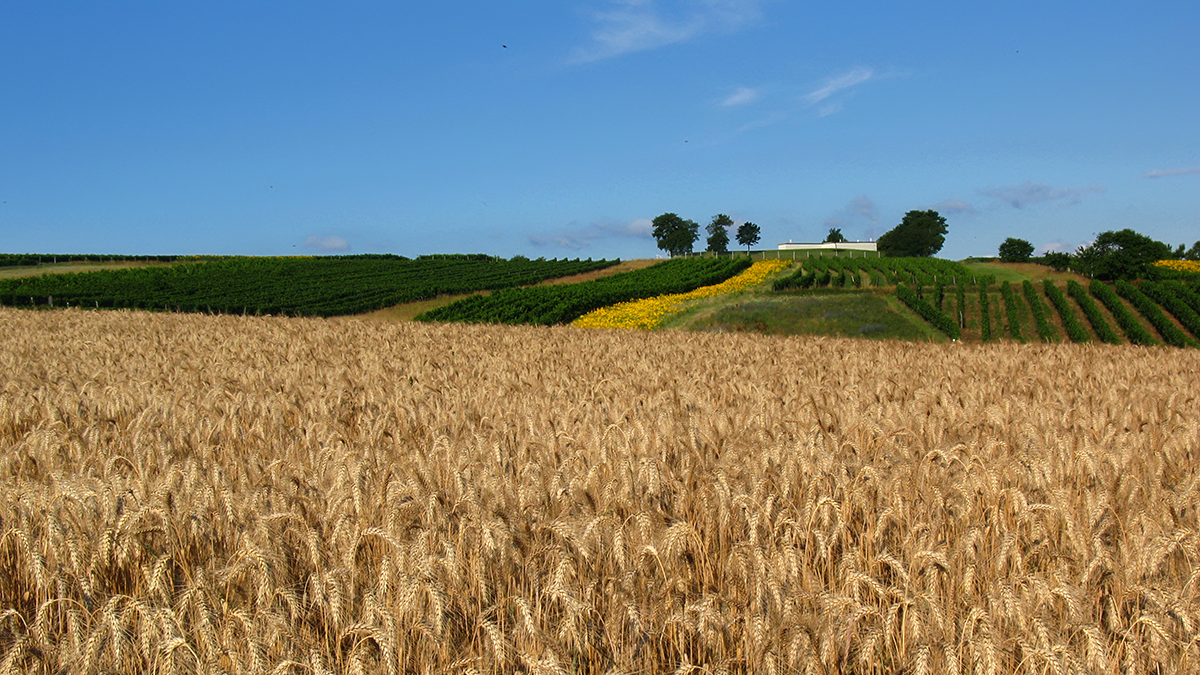Persistent spatial patterns of summer weather extremes in the northern hemisphere recorded in tree ring growth records provide a thousand-year history of jet stream ‘wave5’ dynamics.
Editors’ Highlights
Where the Pigs and Buffalo Roam, the Wetlands They do Bemoan
A novel fenced enclosure study demonstrates the heavy toll that invasive ungulates have on greenhouse gas emissions from coastal wetlands on Indigenous lands in Australia.
Trapped Charge Techniques Pinpoint Past Fault Slip
Scientists combine two novel dating techniques on fault gouge to better pinpoint the timing and nature of past fault activity in the Eastern Alps.
NASA Mission Creates a New Global Coastal Bathymetry Product
NASA’s Ice, Cloud, and land Elevation Satellite 2 (ICESat-2) mission recently released a new shallow water bathymetry product, which has already delivered data for 13.7 million kilometers of coastal waters.
Decadal Forecasts with a SMYLE
Scientists use a large suite of simulations with an established climate model to predict the Pacific Decadal Oscillation up to one year in advance, but El Niño can still get in the way.
Southern Hemisphere Subtropical Lower Stratosphere is Warming
Warming of the Southern Hemisphere (SH) subtropical lower stratosphere is due to slowing of Brewer-Dobson Circulation, thus cooling the Antarctic lower stratosphere and masking anticipated ozone recovery.
Tracking the Sinking Ground from Coal Seam Gas Extraction
A new model shows how coal seam gas extraction causes land to sink by linking groundwater loss and coal shrinkage, helping predict impacts on farming in gas-producing areas.
How Flexible Enhanced Geothermal Systems Control Their Own Seismicity
A new study maps how microseismicity waxes and wanes with pressure in enhanced geothermal systems, offering a template for managing quakes in future heat-mining projects.
Nearly 94 Million Boulders Mapped on the Moon Using Deep Learning
Scientists used a deep learning algorithm to map the size and location of nearly 94 million boulders on the lunar surface, highlighting differences in boulder densities and size distributions.
Balancing Comparability and Specificity in Sustainability Indicators
A new study shows how engaging national stakeholders in Austria helps adapt global sustainability indicators to better reflect regional agricultural priorities, especially social and economic aspects.

